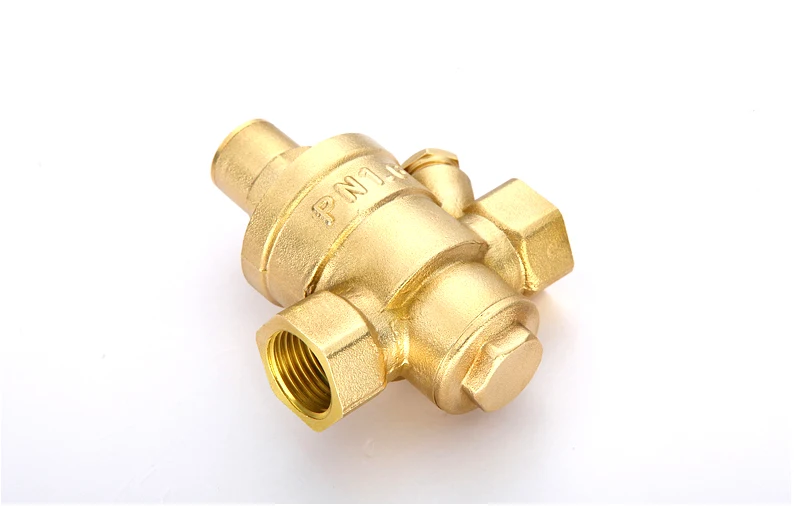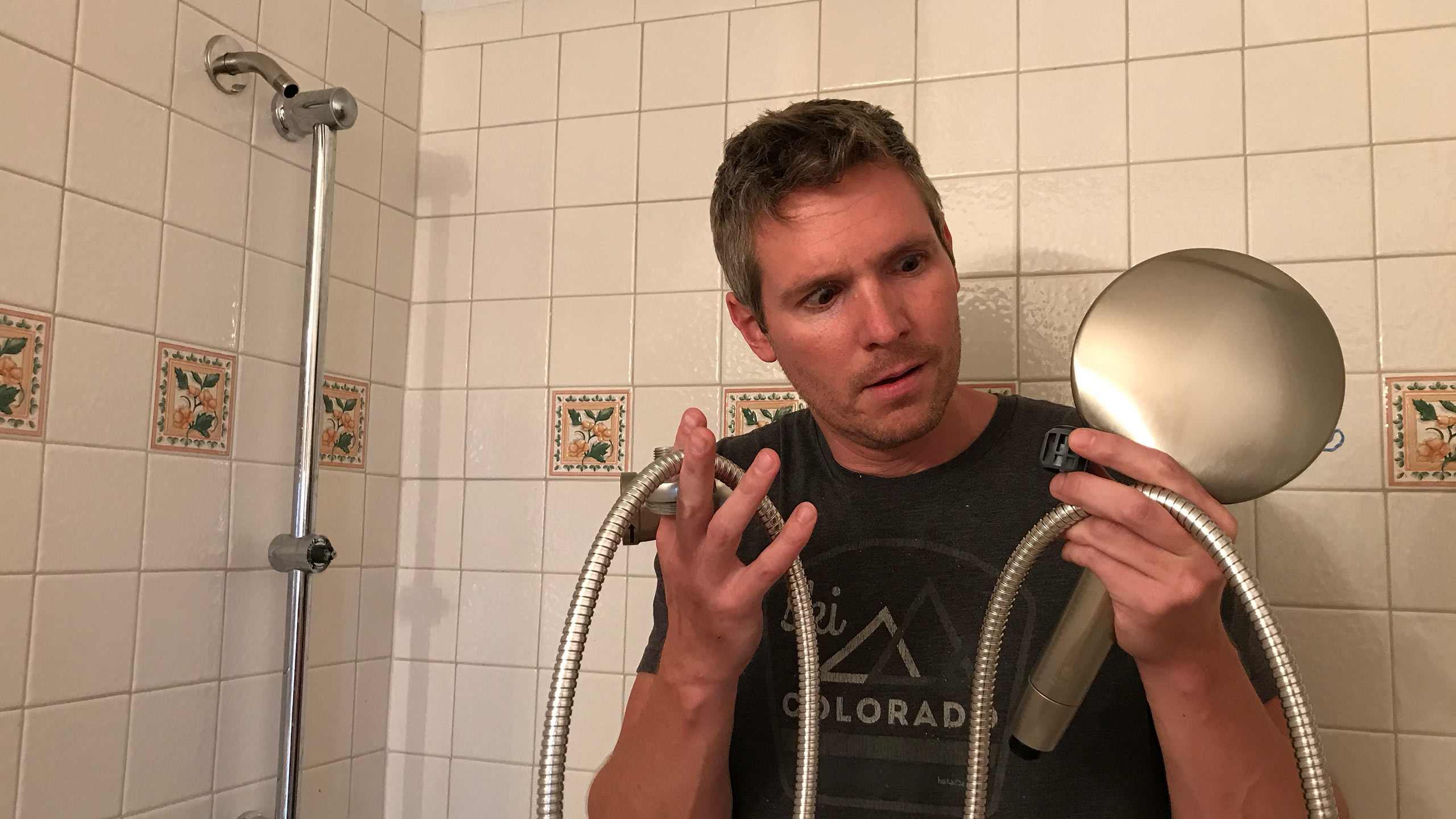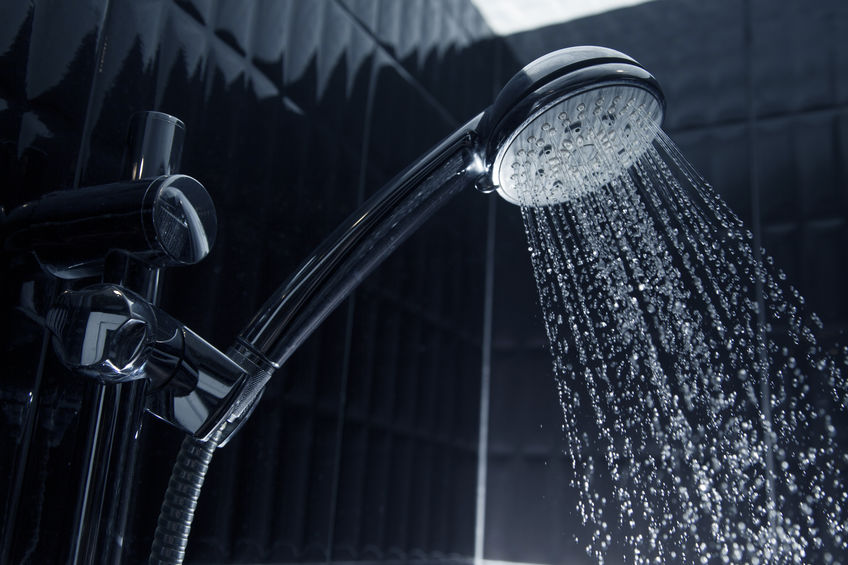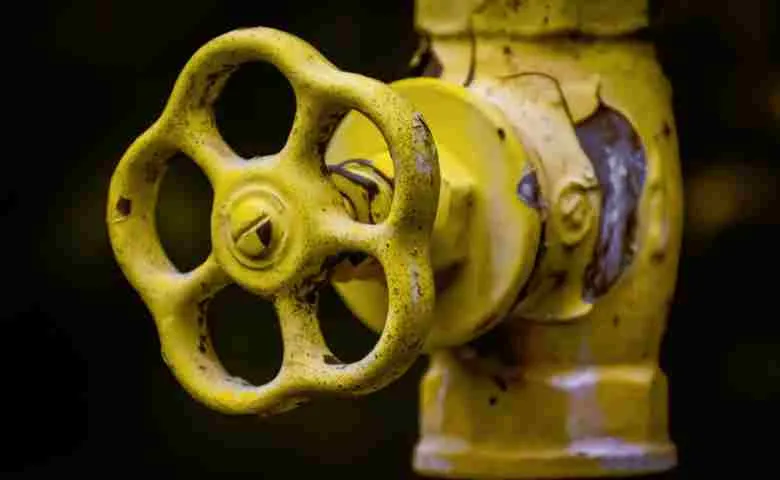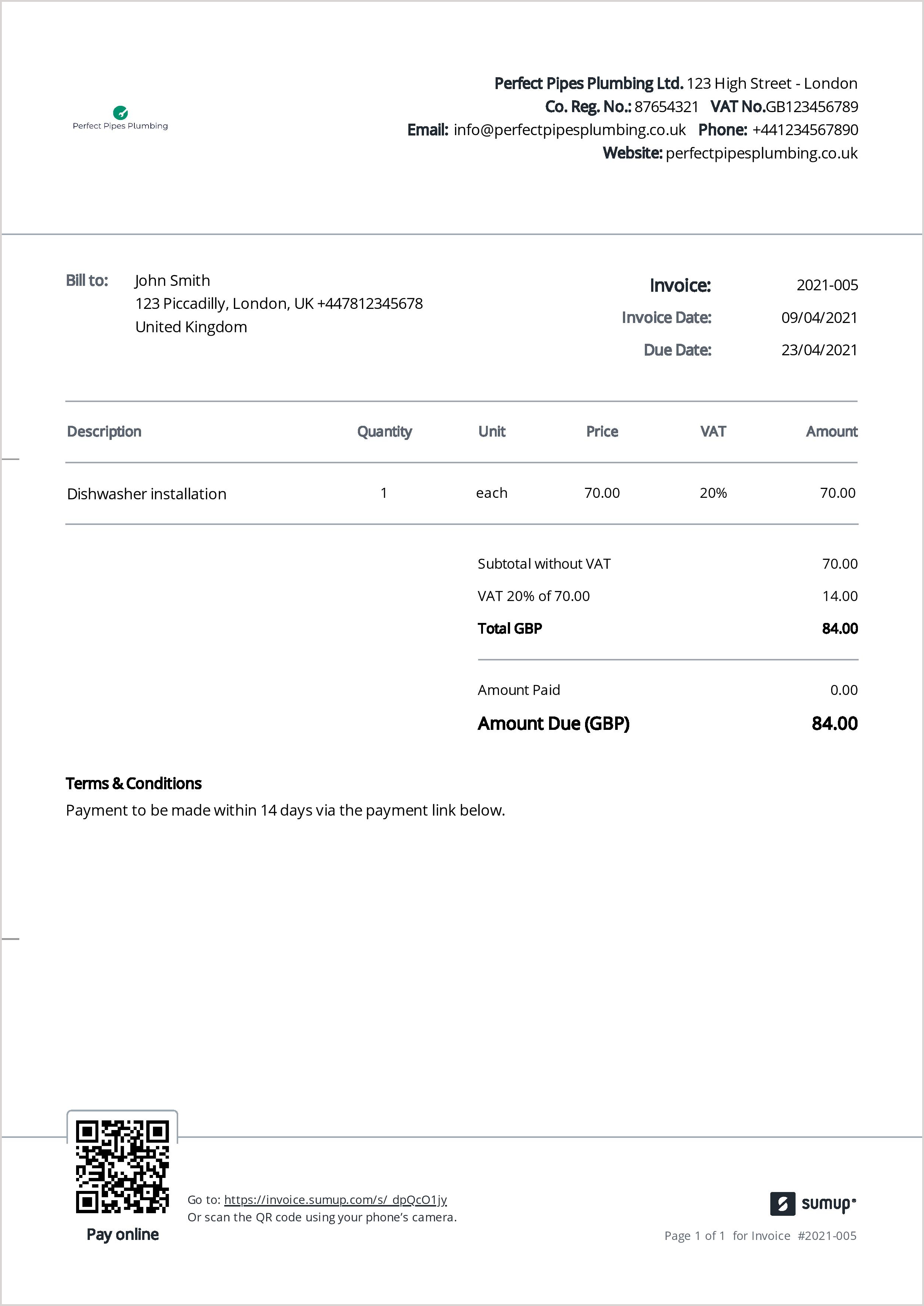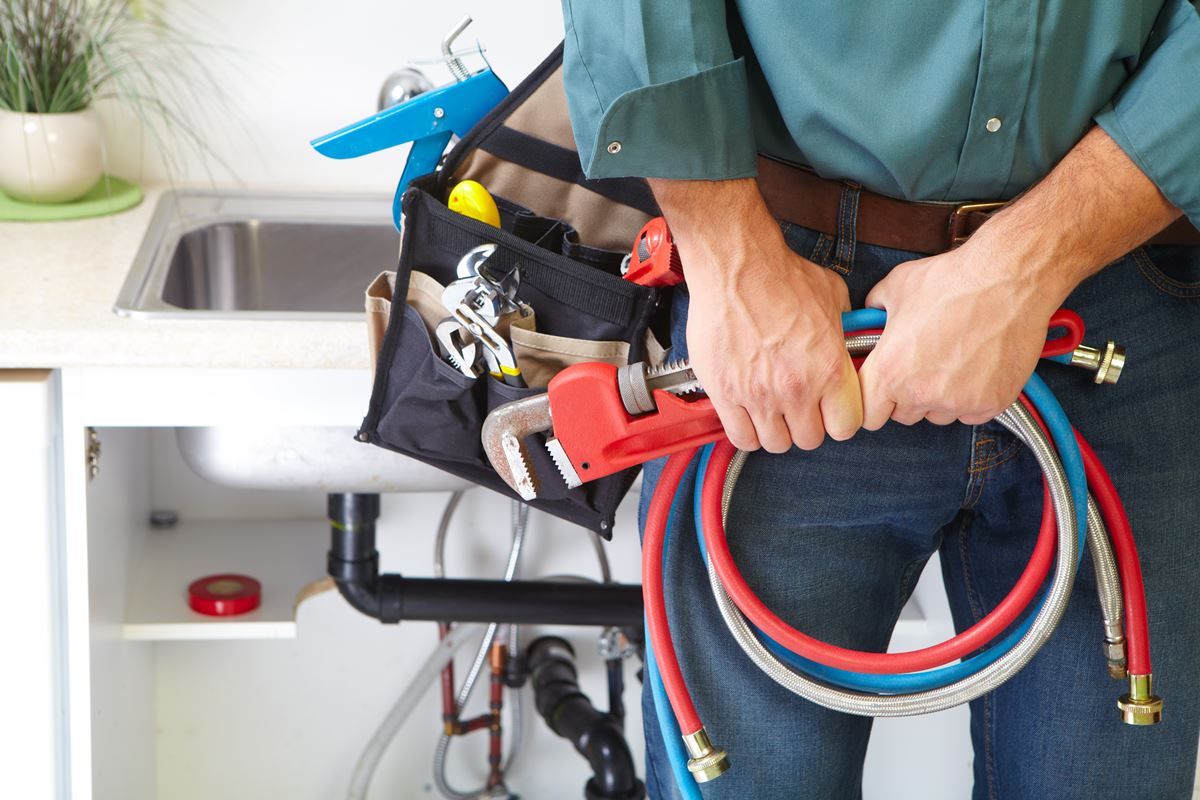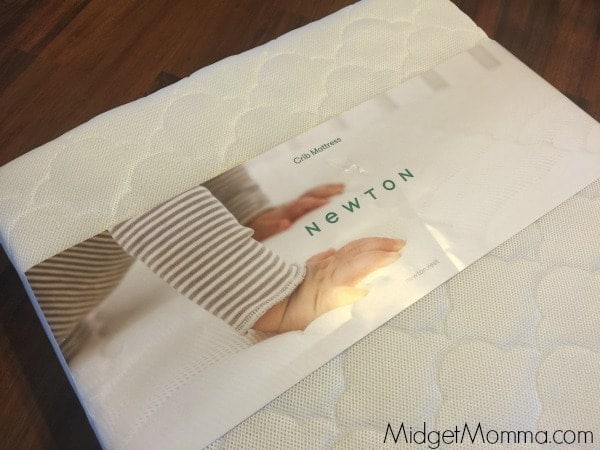One of the first things to check when experiencing low water pressure in your kitchen sink and shower is the water pressure regulator. This device controls the flow of water into your home and can become faulty over time. If it is not functioning properly, it can cause low water pressure throughout your plumbing system. To check the water pressure regulator, look for a bell-shaped device near the main water line. Make sure the valve is fully open and if it is not, adjust it accordingly. If the valve is open and you are still experiencing low water pressure, it may be time to replace the regulator.1. Check the water pressure regulator
The aerator on your faucet is a small mesh screen that helps regulate the flow of water. Over time, it can become clogged with mineral deposits and debris, causing low water pressure. To clean the aerator, unscrew it from the faucet and soak it in a mixture of equal parts water and vinegar for at least an hour. Scrub it with an old toothbrush and rinse it thoroughly before reattaching it to the faucet.2. Clean the aerator on the faucet
Clogs in your plumbing pipes can also cause low water pressure in your kitchen sink and shower. If you suspect a clog, start by checking the pipes under the sink. Use a plunger to try and dislodge any blockages. If the clog is further down the line, you may need to use a plumbing snake to clear it out.3. Check for clogs in the pipes
If your home has older plumbing pipes, they may have become corroded or damaged over time, leading to low water pressure. You may also have faulty pipes that are leaking or have cracks, causing a decrease in water flow. In these cases, it is best to replace the pipes with newer, more efficient ones to improve water pressure in your kitchen sink and shower.4. Replace old or faulty pipes
Leaks in your plumbing pipes can also contribute to low water pressure. Even small leaks can cause a decrease in water flow, so it is important to regularly check for and fix any leaks in your pipes. You can easily detect leaks by checking for water stains or dampness around your pipes.5. Check for leaks in the pipes
If none of the above solutions work, you may need to install a water pressure booster. This device helps increase the water pressure in your plumbing system by using a pump to push water through the pipes. It is important to consult a professional plumber before installing a water pressure booster to ensure it is the right solution for your home.6. Install a water pressure booster
The water pressure valve, also known as the pressure reducing valve, regulates the pressure of water coming into your home. If it is not functioning properly, it can cause low water pressure. You can try adjusting the valve to see if it improves water pressure, but if it does not, it may need to be replaced by a professional plumber.7. Check the water pressure valve
If you are only experiencing low water pressure in your shower, the problem may be with your showerhead. Over time, mineral deposits and debris can clog the small holes in the showerhead, causing a decrease in water flow. Consider replacing your showerhead with a low-flow option or regularly cleaning it to improve water pressure.8. Replace the showerhead
In addition to cleaning or replacing the showerhead, you should also check for any blockages within the showerhead. Sometimes, debris or mineral deposits can get stuck inside, causing low water pressure. Use a toothpick or small object to gently dislodge any blockages and improve water flow.9. Check for any blockages in the showerhead
If all else fails, it may be time to call a professional plumber for assistance. They have the expertise and tools to diagnose and fix any underlying issues with your plumbing system that are causing low water pressure. Don't hesitate to seek help if you are unable to improve water pressure on your own.10. Call a plumber for professional assistance
Low water pressure can be a frustrating problem to deal with in any household. It can make simple tasks like washing dishes or taking a shower feel like a never-ending chore. If you've noticed low water pressure in your kitchen sink and shower, you're not alone. This is a common issue that many homeowners face, and it can be caused by a variety of factors. In this article, we'll explore some of the common causes of low water pressure in the kitchen sink and shower and provide solutions to help you solve this problem.
Possible Causes of Low Water Pressure

1. Clogged Pipes
 One of the most common causes of low water pressure in the kitchen sink and shower is clogged pipes. Over time, mineral deposits and debris can build up in your pipes, restricting the flow of water. This can result in decreased water pressure, as well as other plumbing issues. If you have an older home, it's likely that your pipes are made of galvanized steel, which is more prone to corrosion and clogging.
One of the most common causes of low water pressure in the kitchen sink and shower is clogged pipes. Over time, mineral deposits and debris can build up in your pipes, restricting the flow of water. This can result in decreased water pressure, as well as other plumbing issues. If you have an older home, it's likely that your pipes are made of galvanized steel, which is more prone to corrosion and clogging.
2. Faulty Pressure Regulator
 The pressure regulator is a valve that controls the water pressure in your home. If this valve becomes faulty, it can cause a decrease in water pressure throughout your house, including in your kitchen sink and shower. This is a common issue in older homes, and it can often be fixed by replacing the pressure regulator.
The pressure regulator is a valve that controls the water pressure in your home. If this valve becomes faulty, it can cause a decrease in water pressure throughout your house, including in your kitchen sink and shower. This is a common issue in older homes, and it can often be fixed by replacing the pressure regulator.
3. Municipal Water Supply Issues
 If you've ruled out clogged pipes and a faulty pressure regulator, the issue may lie with your municipal water supply. Sometimes, the water pressure from the main supply line can decrease due to maintenance work or other issues. If this is the case, you may notice low water pressure in your kitchen sink and shower, as well as in other areas of your home.
If you've ruled out clogged pipes and a faulty pressure regulator, the issue may lie with your municipal water supply. Sometimes, the water pressure from the main supply line can decrease due to maintenance work or other issues. If this is the case, you may notice low water pressure in your kitchen sink and shower, as well as in other areas of your home.
Solutions for Low Water Pressure

1. Clean or Replace Pipes
 If you suspect that clogged pipes are the cause of your low water pressure, there are a few solutions you can try. One option is to clean your pipes using a commercial pipe cleaner or a homemade mixture of vinegar and baking soda. If the clog is severe, you may need to replace the affected pipes. It's best to consult a professional plumber for this task.
If you suspect that clogged pipes are the cause of your low water pressure, there are a few solutions you can try. One option is to clean your pipes using a commercial pipe cleaner or a homemade mixture of vinegar and baking soda. If the clog is severe, you may need to replace the affected pipes. It's best to consult a professional plumber for this task.
2. Check and Replace Pressure Regulator
 If you have an older home, it's worth checking the pressure regulator to see if it's functioning properly. If it's faulty, it can be easily replaced by a professional plumber. This will help to regulate the water pressure in your home and improve the flow of water to your kitchen sink and shower.
If you have an older home, it's worth checking the pressure regulator to see if it's functioning properly. If it's faulty, it can be easily replaced by a professional plumber. This will help to regulate the water pressure in your home and improve the flow of water to your kitchen sink and shower.
3. Contact Your Water Supplier
 If you suspect that the issue lies with your municipal water supply, contact your water supplier to inquire about any potential issues. They may be able to provide you with an estimated timeline for when the water pressure will return to normal.
If you suspect that the issue lies with your municipal water supply, contact your water supplier to inquire about any potential issues. They may be able to provide you with an estimated timeline for when the water pressure will return to normal.
Conclusion
 Low water pressure in the kitchen sink and shower can be a frustrating and inconvenient problem. However, by identifying the potential causes and taking appropriate measures, you can improve the water pressure in your home and make daily tasks easier and more efficient. If you're unable to diagnose and fix the issue yourself, don't hesitate to contact a professional plumber for assistance.
Low water pressure in the kitchen sink and shower can be a frustrating and inconvenient problem. However, by identifying the potential causes and taking appropriate measures, you can improve the water pressure in your home and make daily tasks easier and more efficient. If you're unable to diagnose and fix the issue yourself, don't hesitate to contact a professional plumber for assistance.



/testing-water-pressure-in-your-home-2718692-hero-98f45508ca5d44b6b551034ac5cedab5.jpg)
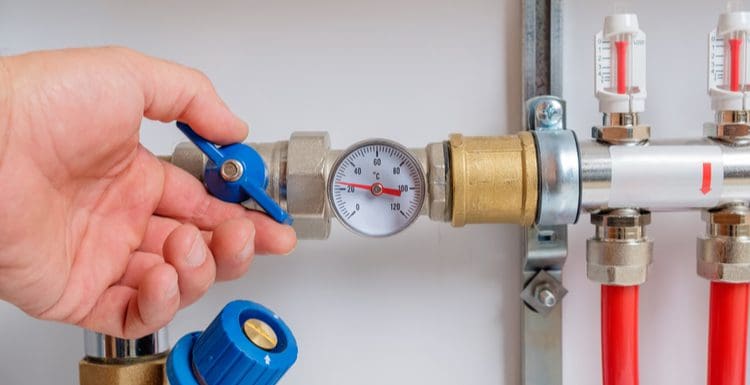
:max_bytes(150000):strip_icc()/testing-water-pressure-in-your-home-2718692-04-c37ab3236d0d4b61b87079ebf9ef823e-c1e1ef0104fb44778a287bd9bb5ec140.jpeg)
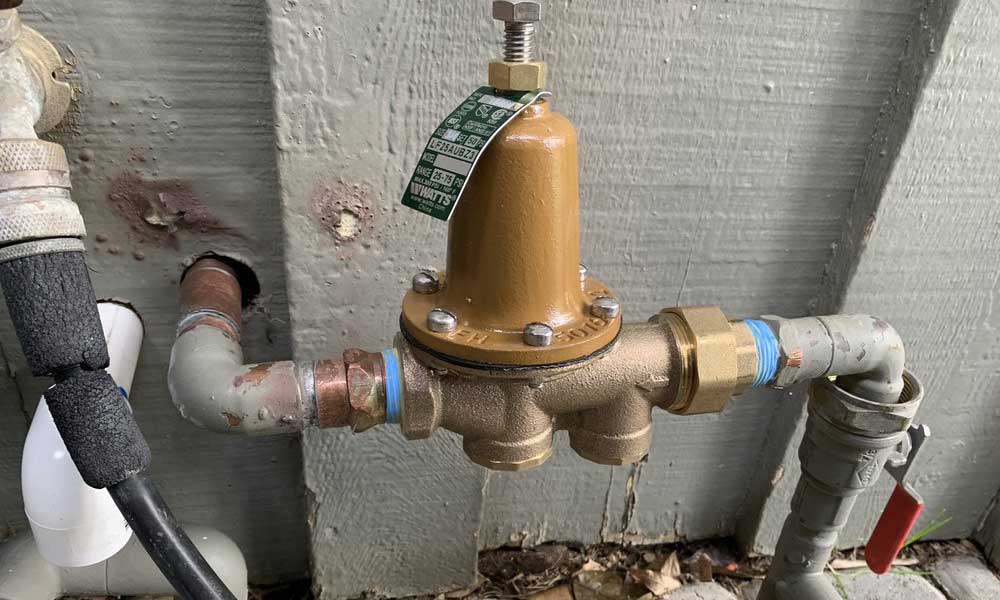
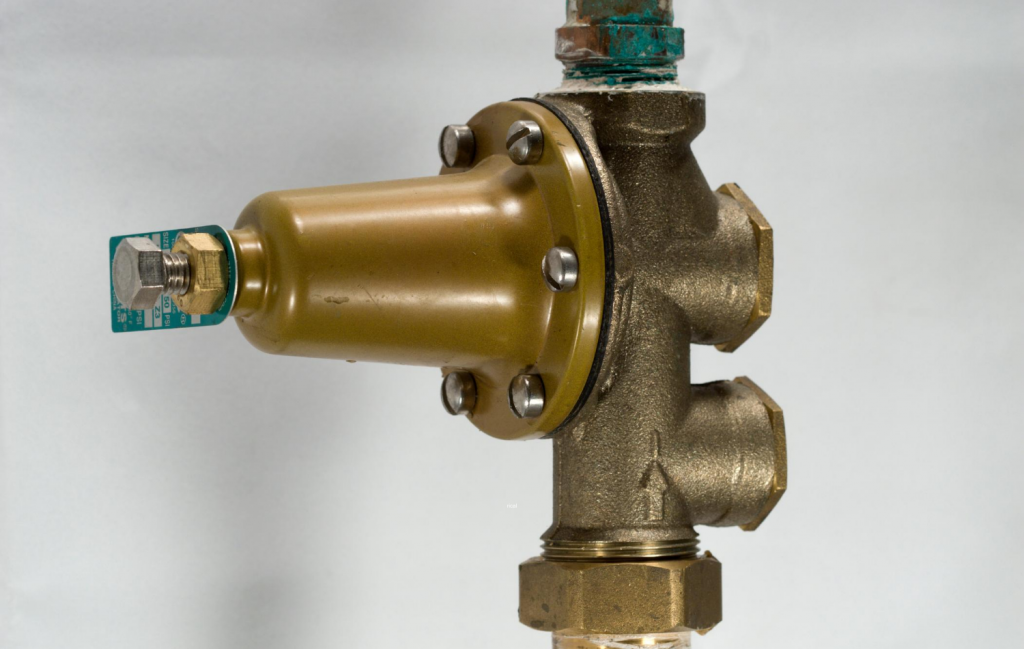



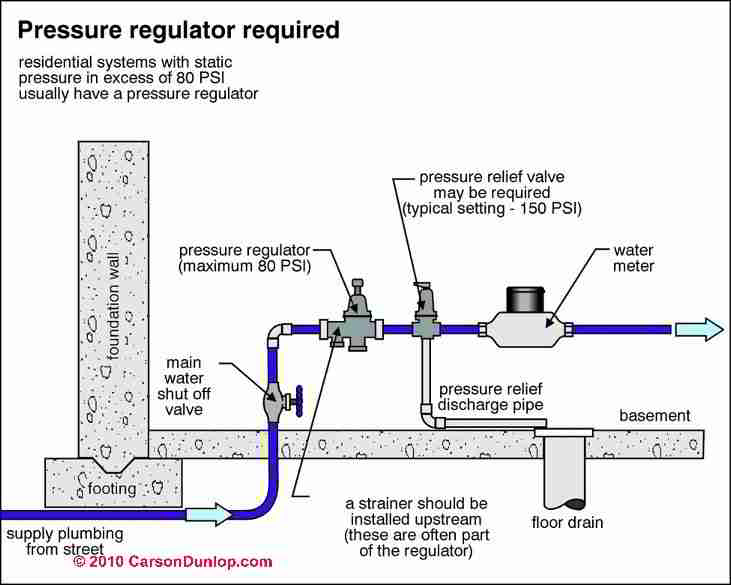
:max_bytes(150000):strip_icc()/ac4-56a73c595f9b58b7d0e8182e.jpg)



/RemovingAeratorAssembly-99881d30169b43cebc3fe72f6d4b25b9.jpg)
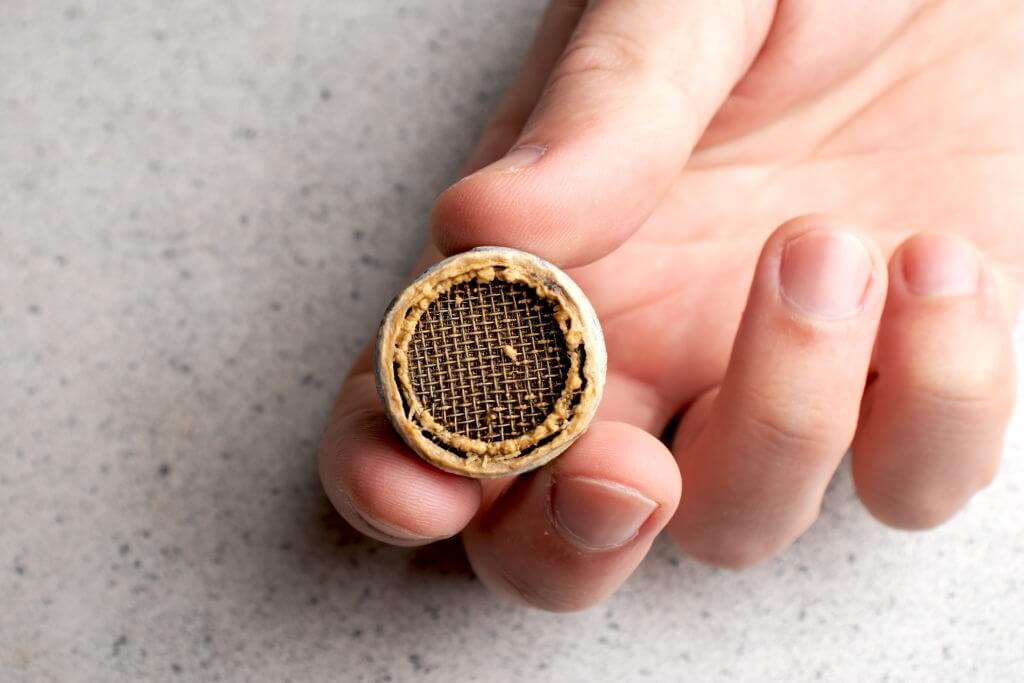

/cleaning-the-aerator-from-deposits--the-girl-hand-washes-a-dirty-limestone-aerator-with-water-1126244919-72868100964f42d5aa564a928371fea5.jpg)












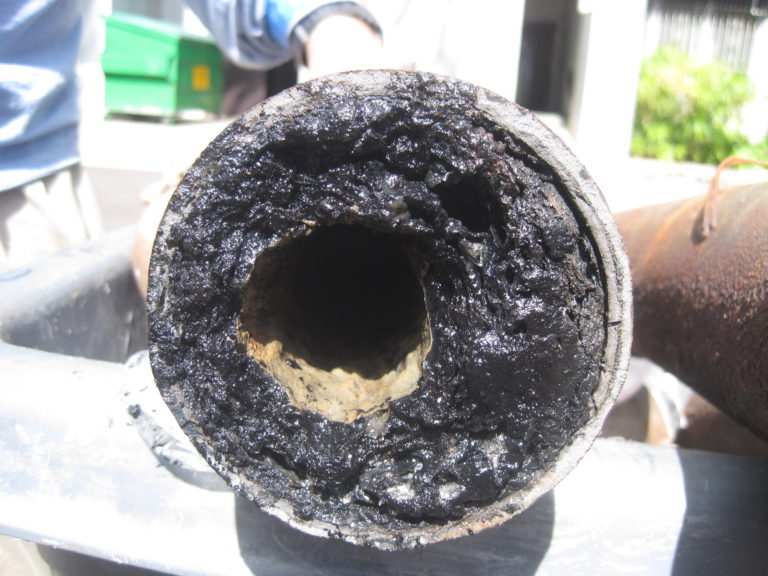




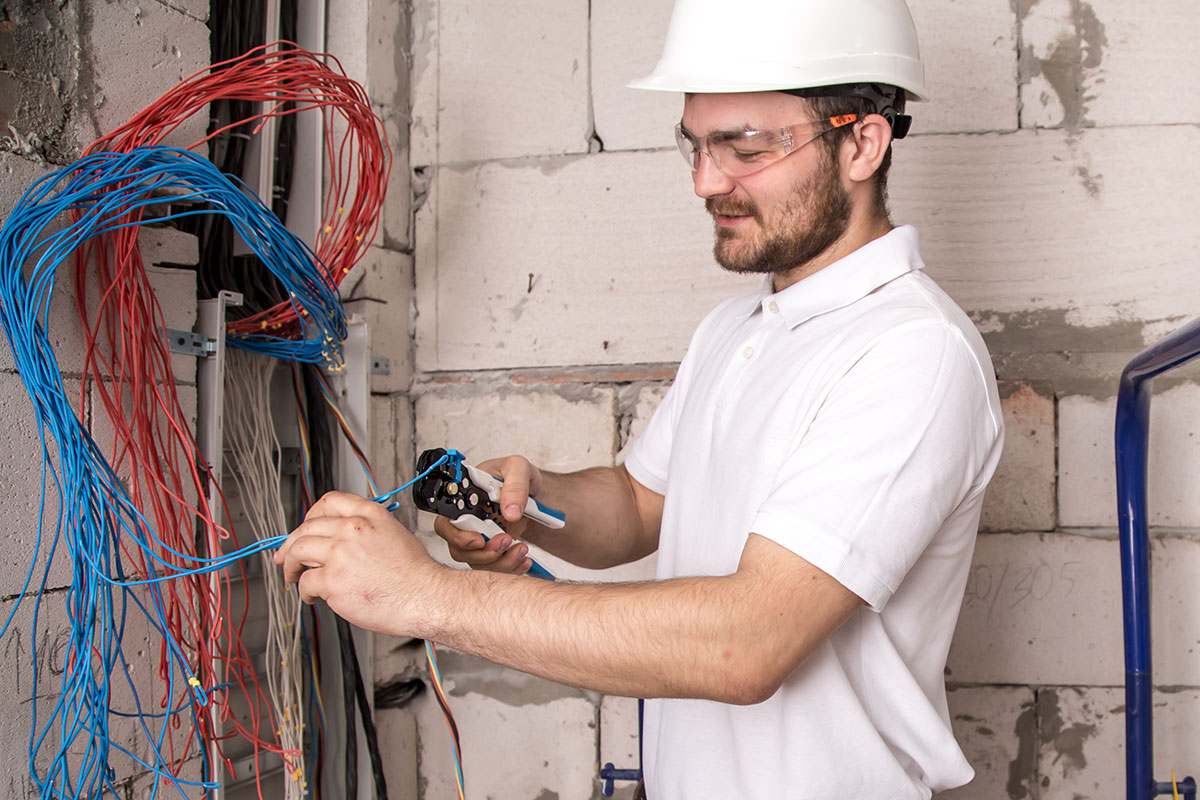


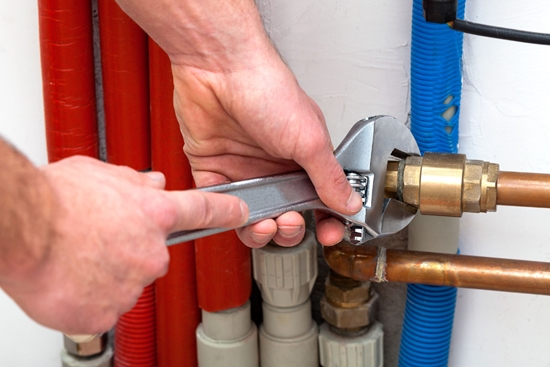
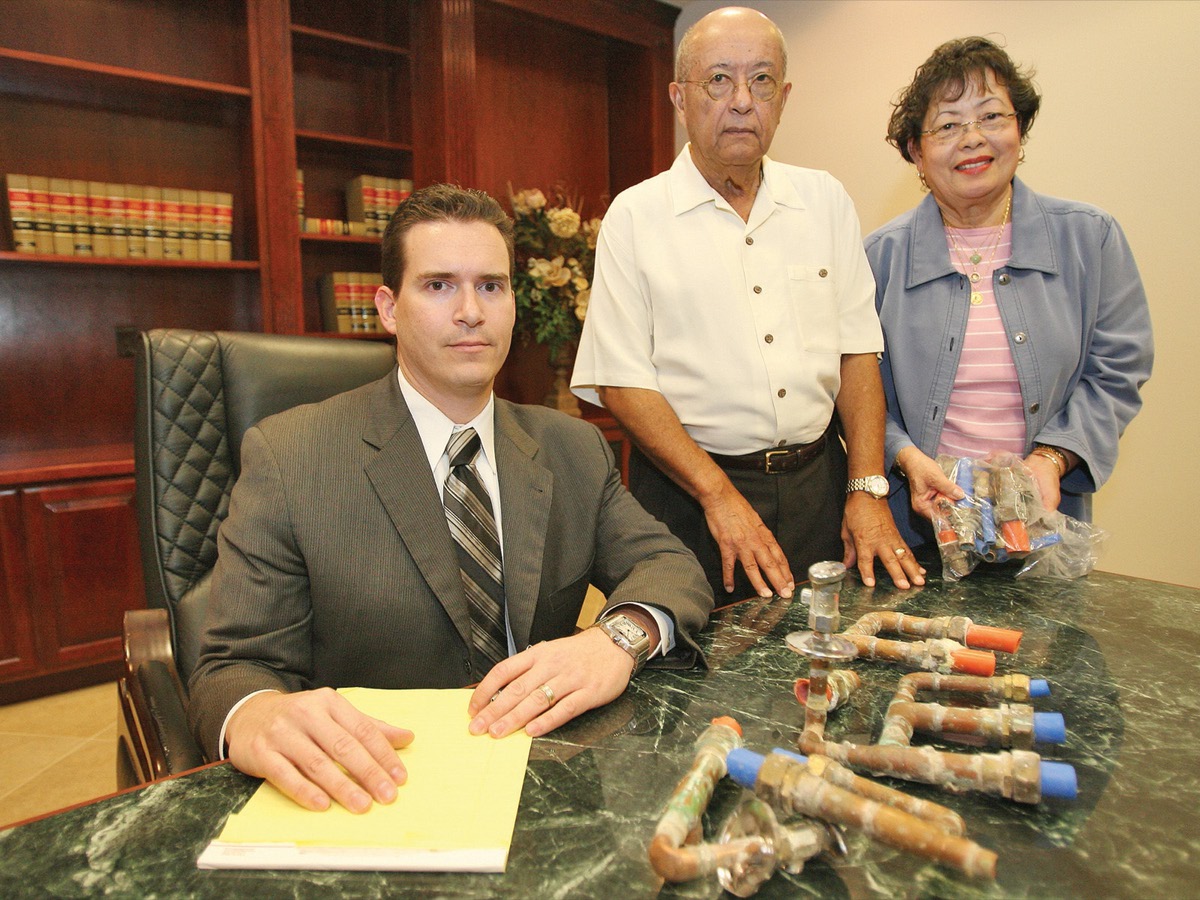
/cloudfront-ap-southeast-2.images.arcpublishing.com/nzme/K46GJOZSKX3VQDEBXIIRCXPAYY.jpg)
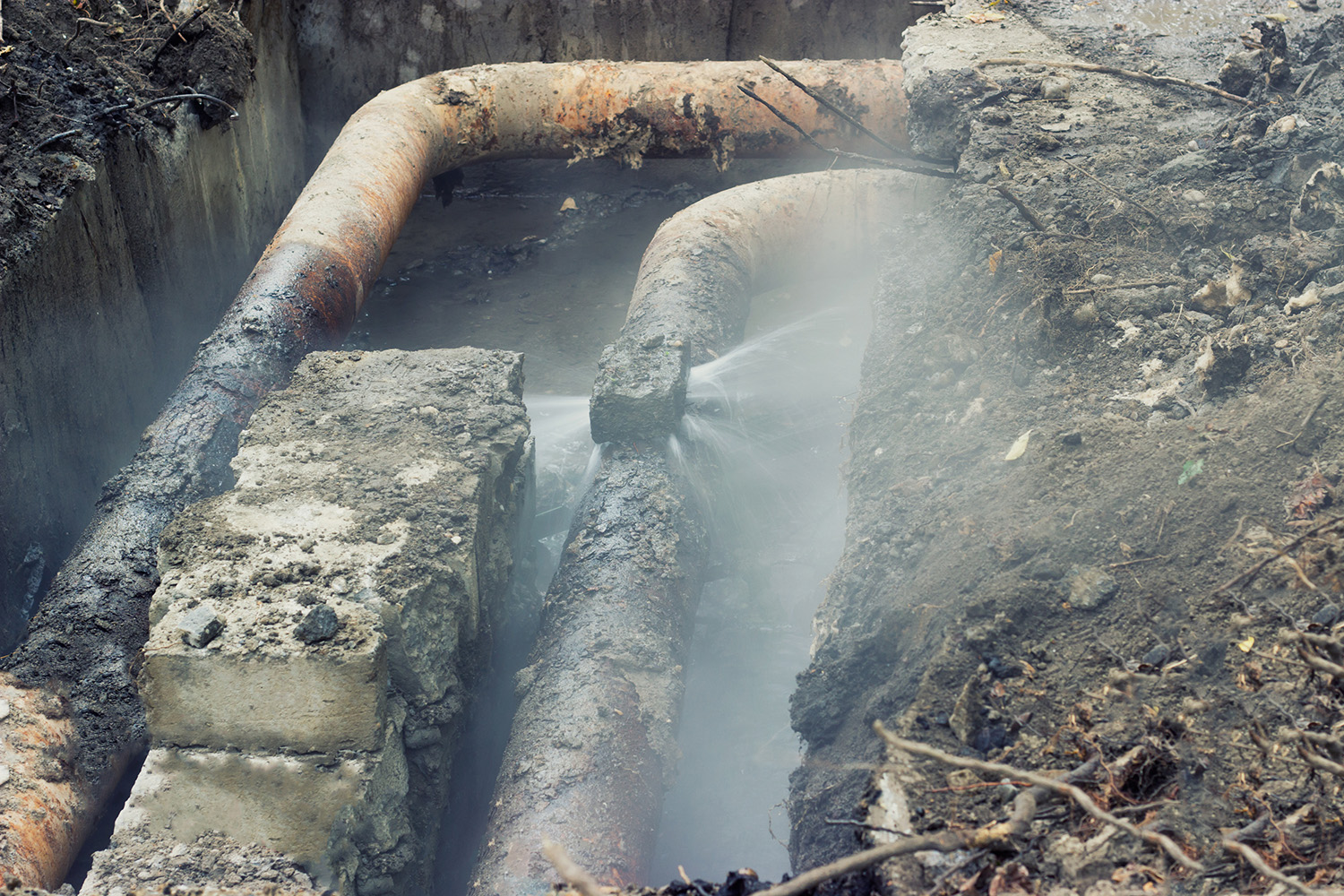





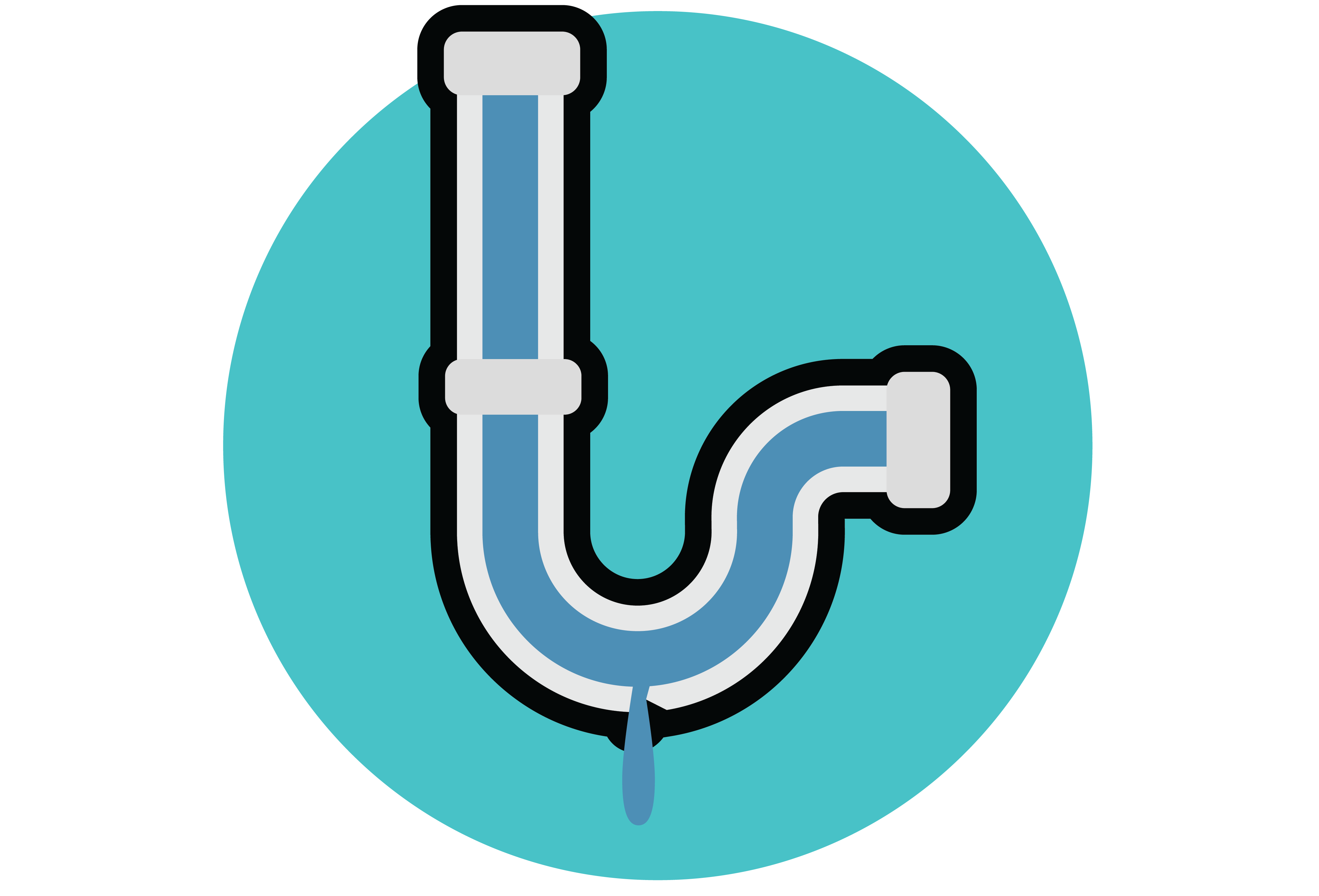

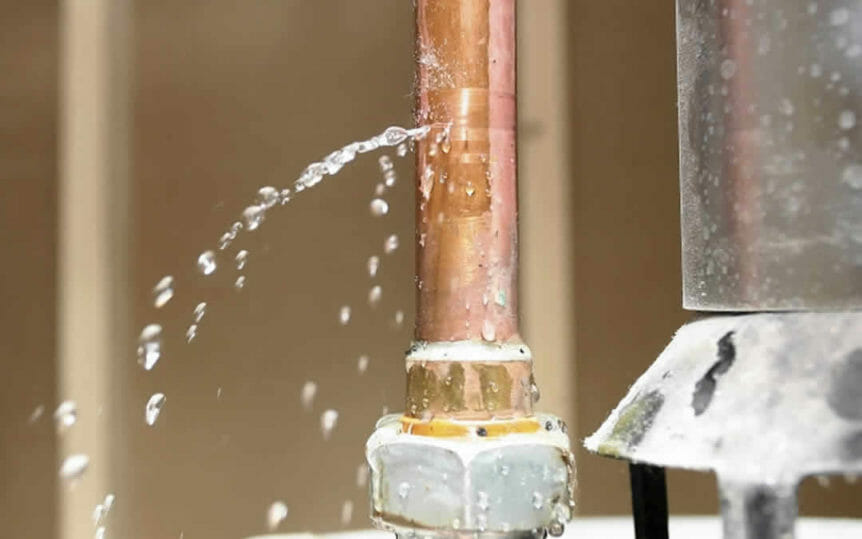
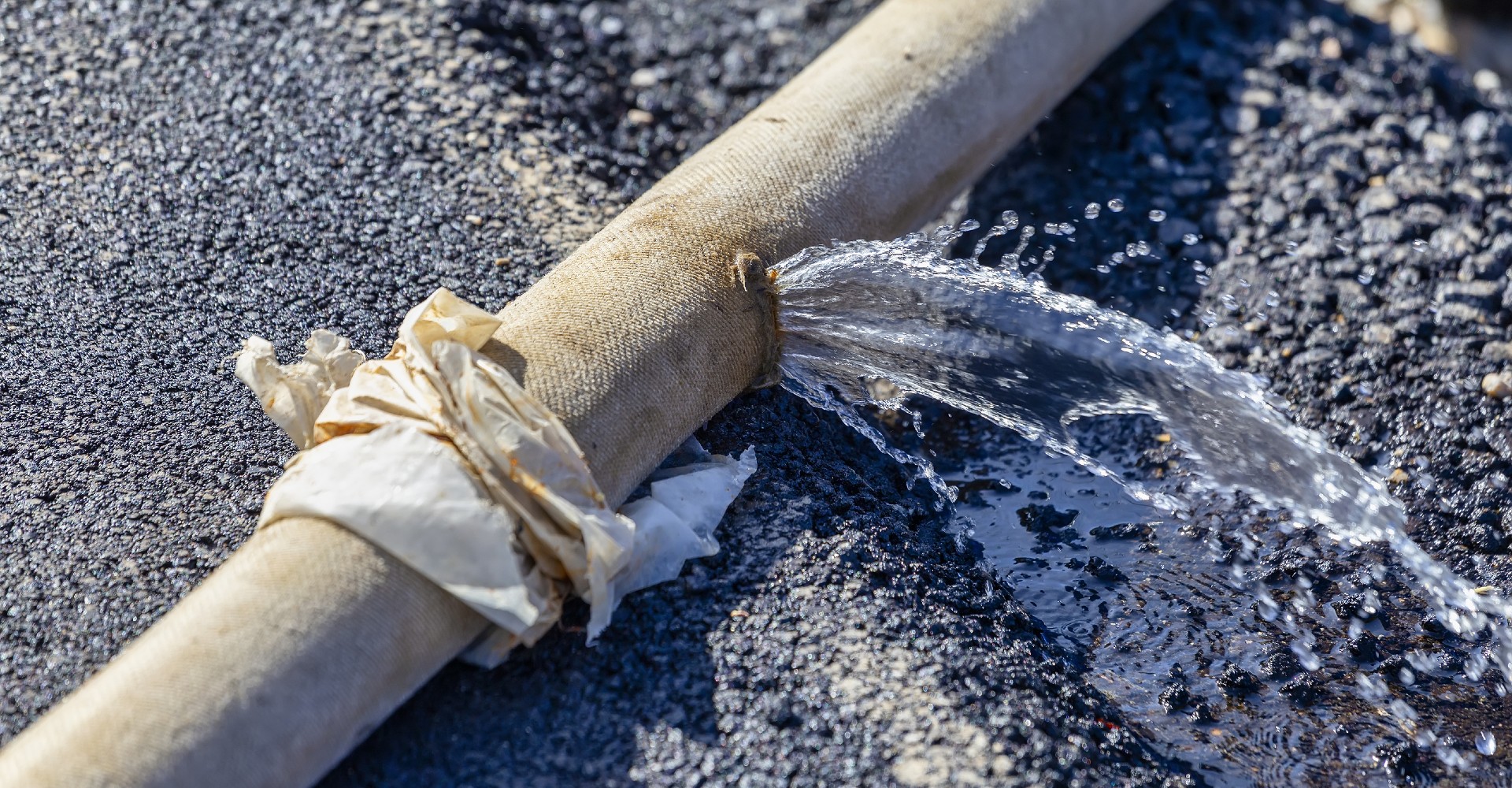
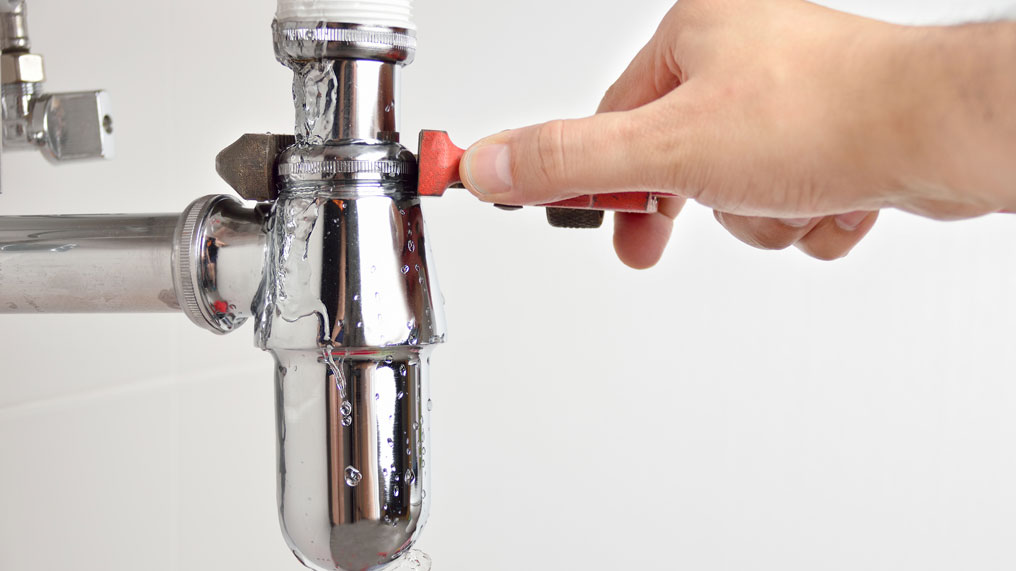
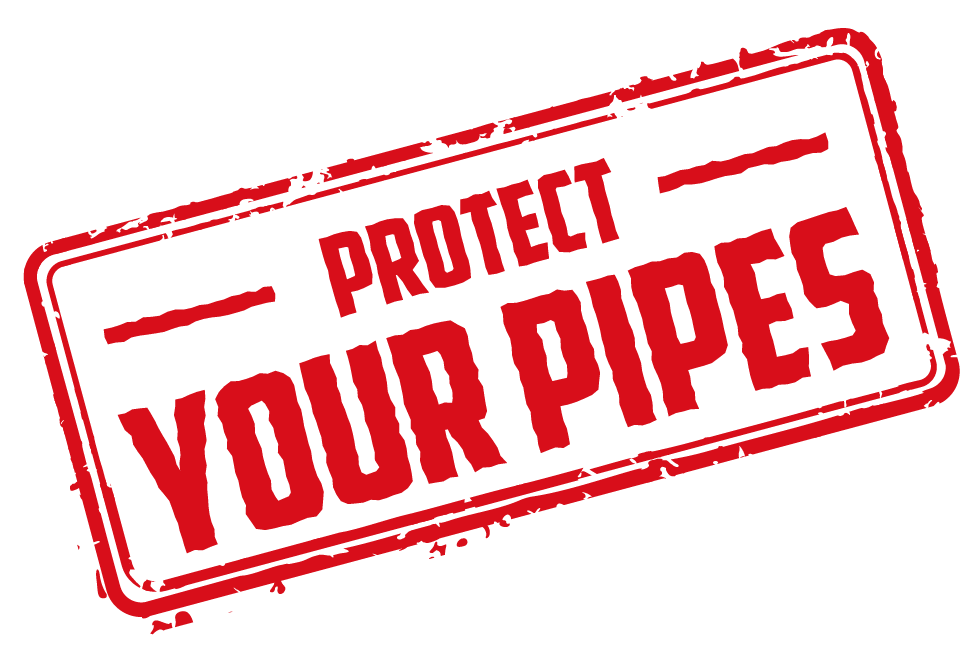
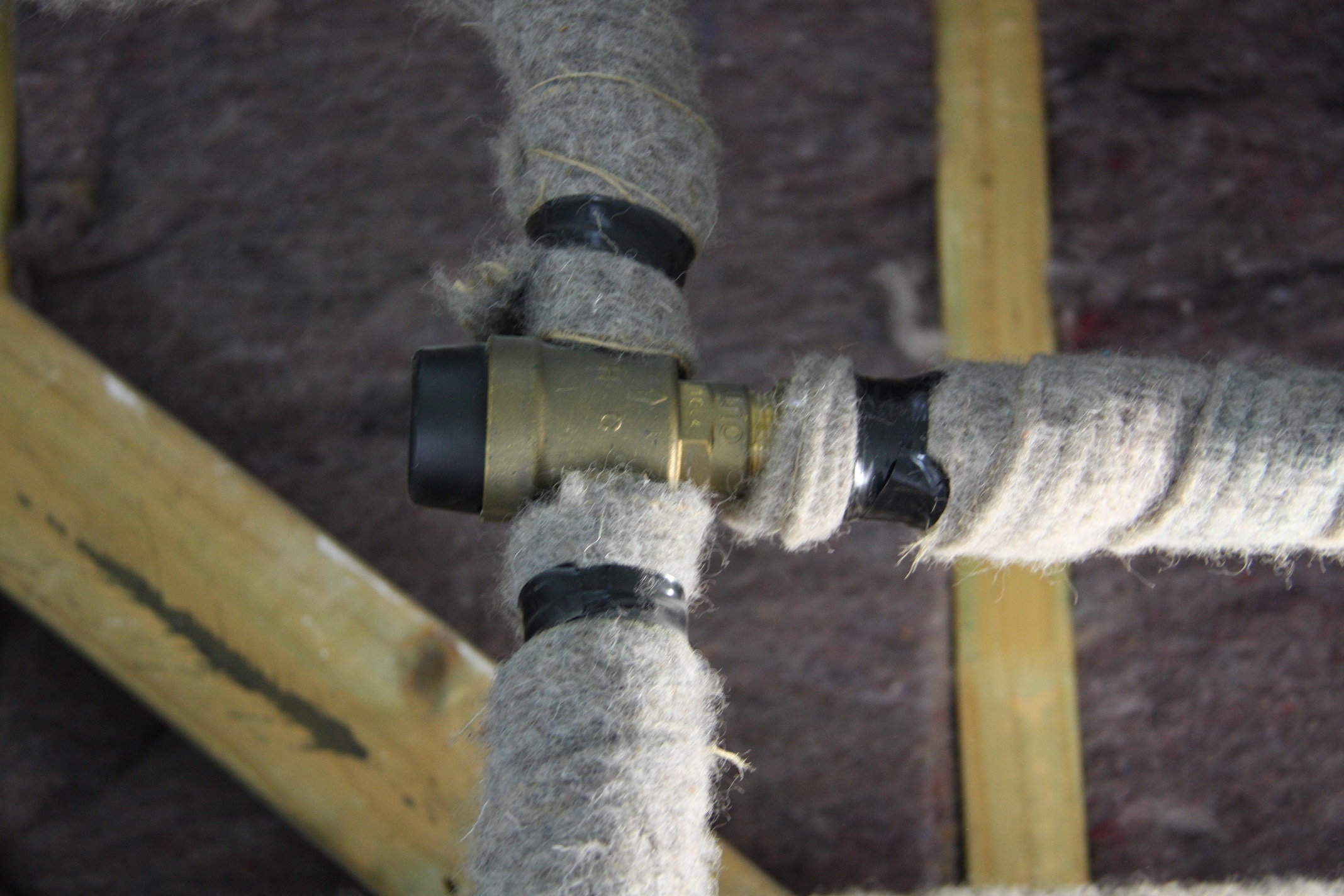

.jpg)

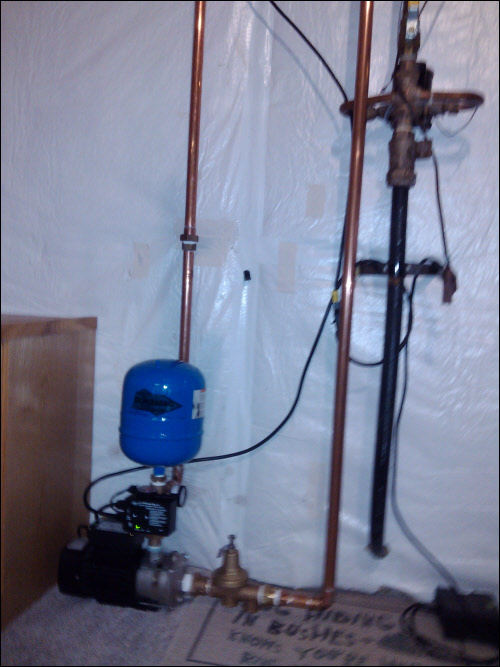
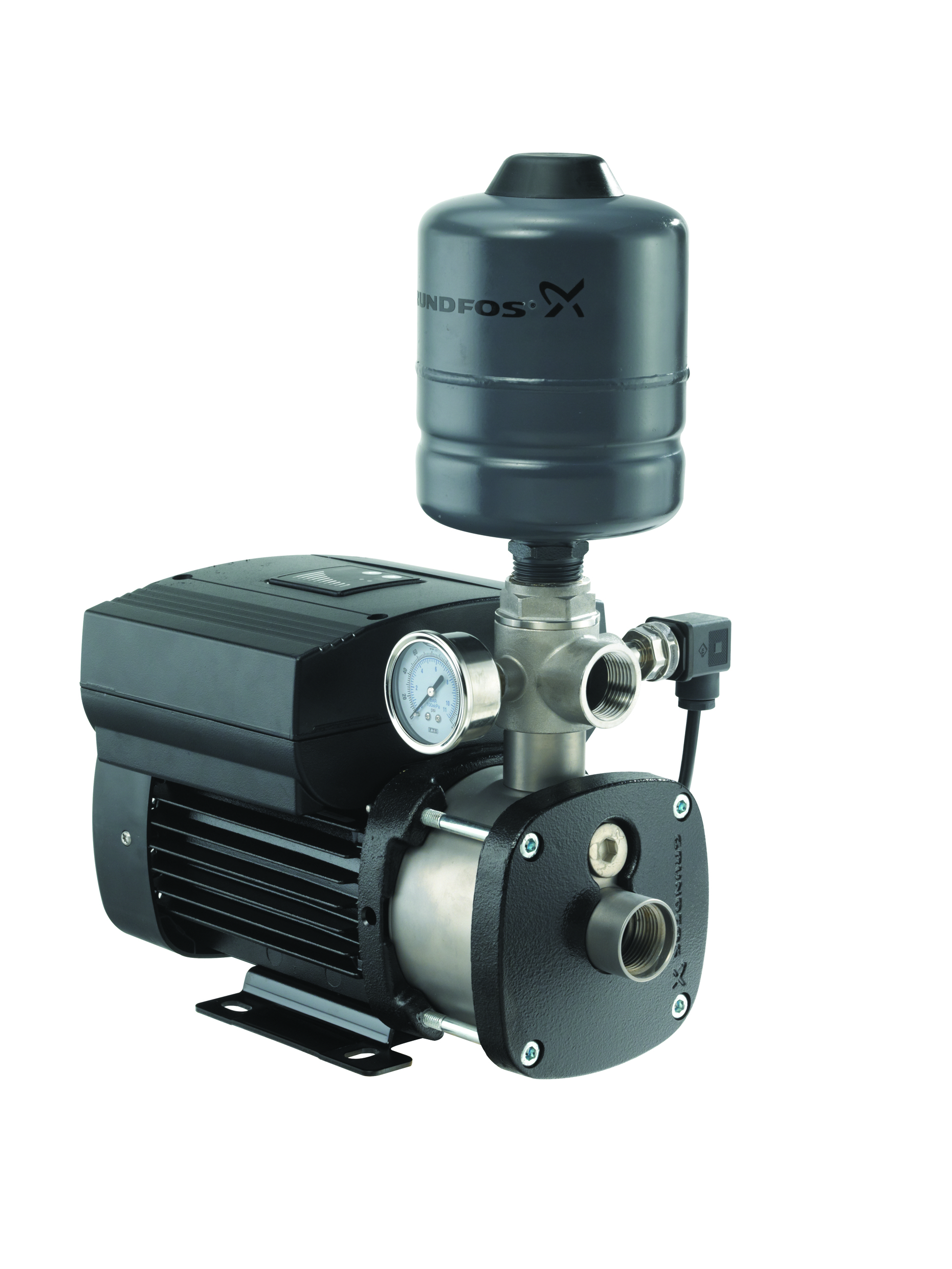
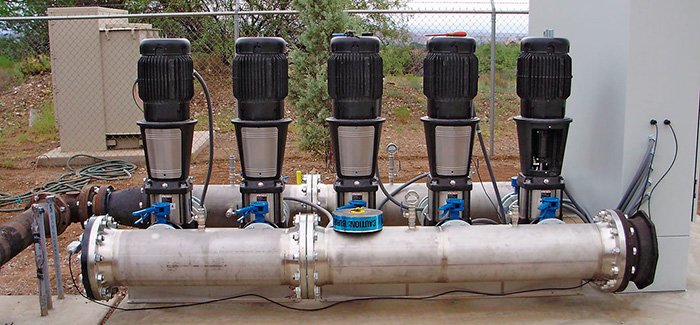



-844-p.jpg?v=ede30092-5775-434a-b8ca-07306b3bbe53)



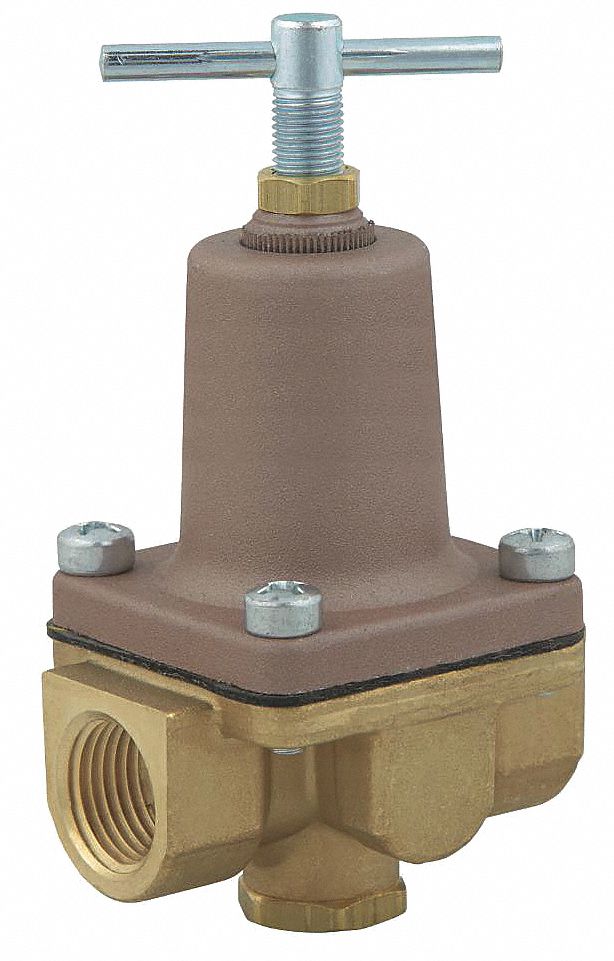
:max_bytes(150000):strip_icc()/the-men-s-hand-opens-the-ball-valve-on-the-collector-1006810456-5c5fc73fc9e77c000159c4af.jpg)
